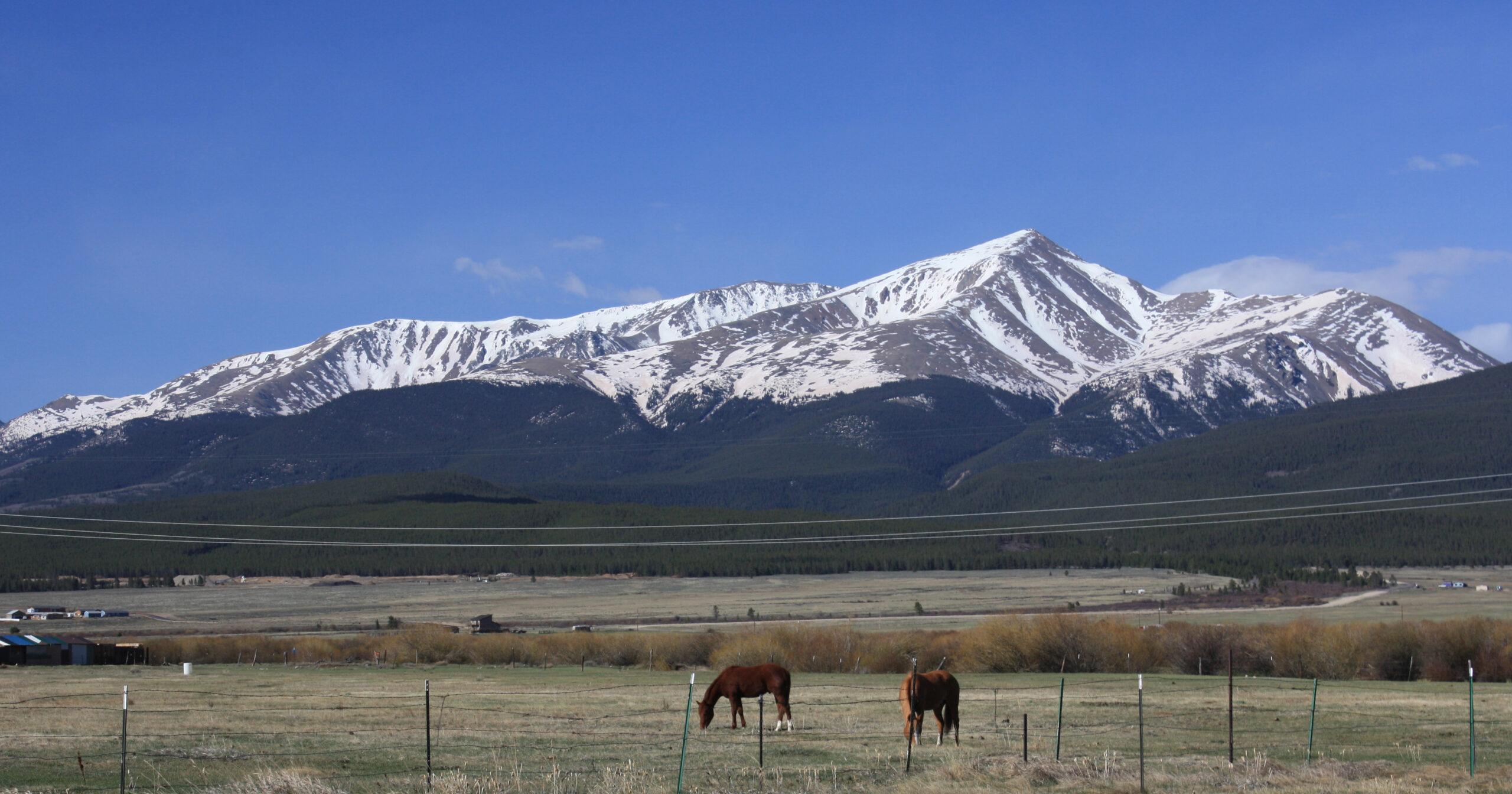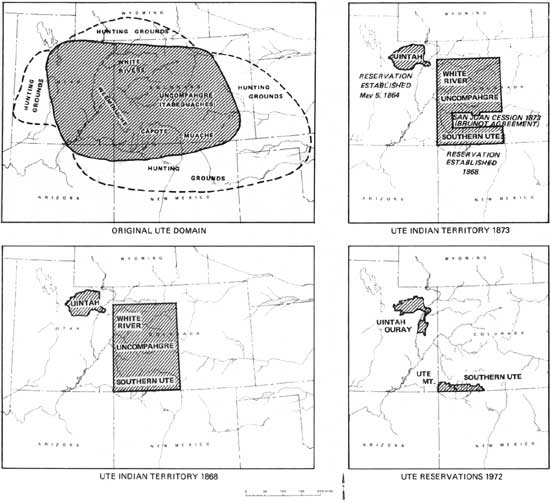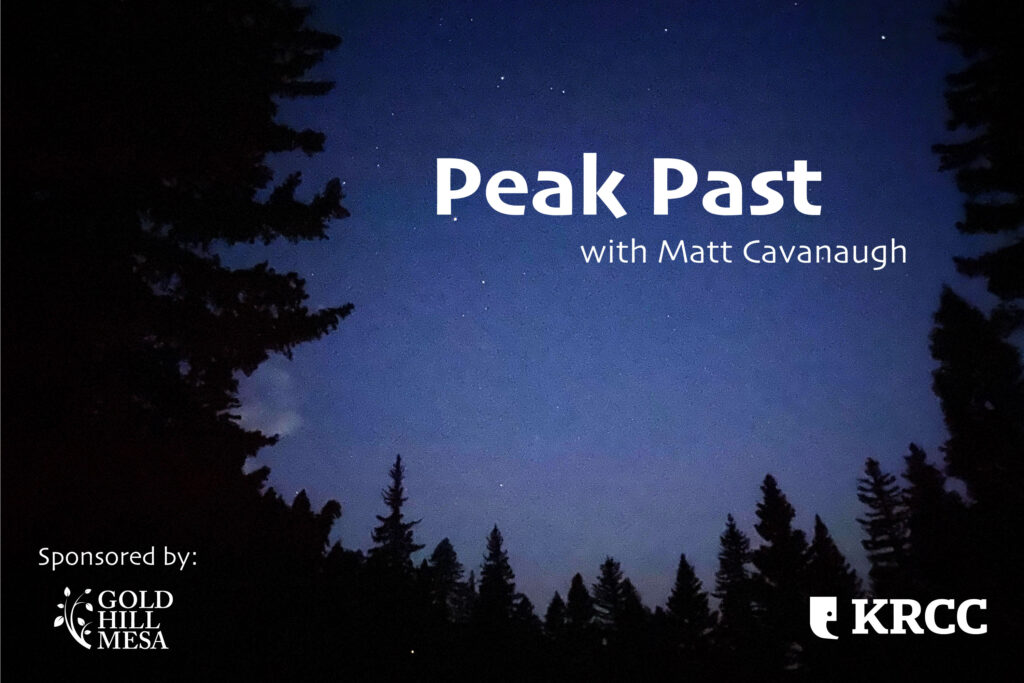
The following is part of KRCC's 'Peak Past' essay series.
“Elbert" is just a guy. Just some guy, who happens to be the namesake of Colorado’s highest Fourteener, all 14,440 feet of it.
Samuel H. Elbert, was born in Ohio in 1833. He started a law practice in Nebraska in his twenties. He was invited to the Republican National Convention in Chicago in 1860. It was at this convention, in Chicago, that Elbert became associated with Abraham Lincoln, and friends with Colorado’s first Territorial Governor, Dr. John Evans. Elbert followed Evans to Colorado as the state’s first Territorial Secretary, a position he held until 1867.
In the late-1860s and early-1870s, in the areas near what’s now known as Leadville, the Utes threatened war after an illegal flood of miners made their way onto an officially-designated Ute reservation.
In spring 1873, Army Major General John Pope issued the San Juan Order, and called for the “removal of all unauthorized persons, a.k.a. the miners, from the Ute Reservation by government troops.
Meanwhile, President Ulysses S. Grant appointed Elbert to be Governor of Colorado Territory. Grant visited Colorado not long after and met with Ute leaders. Elbert advocated for the miners, after which the San Juan Order was rescinded.

The U.S. government set aside and disregarded the sovereignty of the Utes, and the way for mining was cleared.
That fall, an official Ute delegation, including Chief Ouray and his wife Chipeta, went to Washington to negotiate what became known as the Brunot Agreement. Signed in 1873, it was approved by Congress in 1874, and took back about 6,000 square miles of Ute land for mining in exchange for modest compensation.
So the miners got their way.
And on a little tin plate near Twin Lakes at the base of the mountain, a miner scratched, “Elbert Peak, named and dedicated to our Governor for the interest which he manifested in our behalf in having the San Juan Order rescinded.”
And so it was.
Until our next mountainside chat—be good, be well, and no matter what, climb on.

Peak Past (formerly Peak Perspectives) is a weekly segment written and voiced by Matt Cavanaugh, a lieutenant colonel in the U.S. Army and a resident of Manitou Springs where he lives with his wife and two young children. Through his writing, Cavanuagh explores life in the Pikes Peak region, including the gradients and subtleties of our lives in the shadow of America's Mountain.
You can find more work by Cavanaugh here.
KRCC's Abigail Beckman manages the "Peak Past" series. The opinions expressed in this publication are those of the authors. They do not purport to reflect the opinions or views of KRCC or Colorado Public Radio.
Peak Past is sponsored by Gold Hill Mesa.








